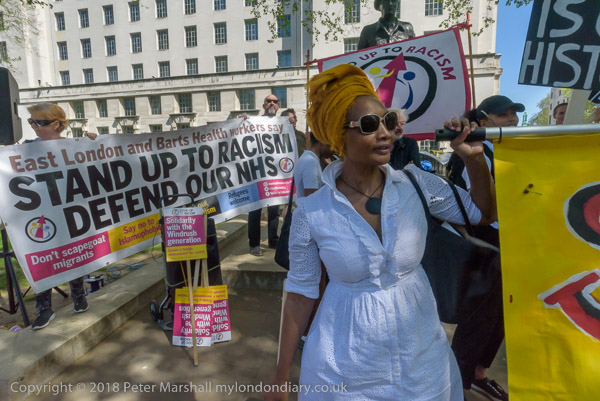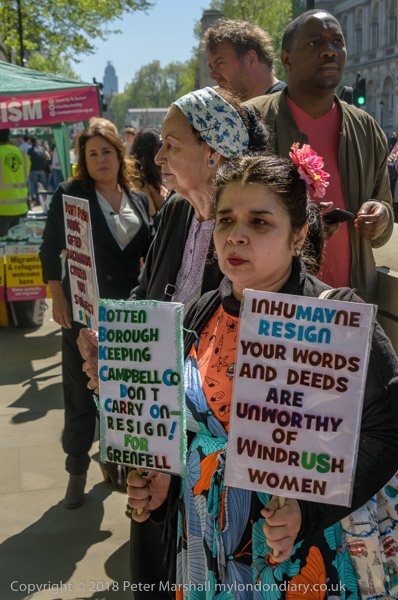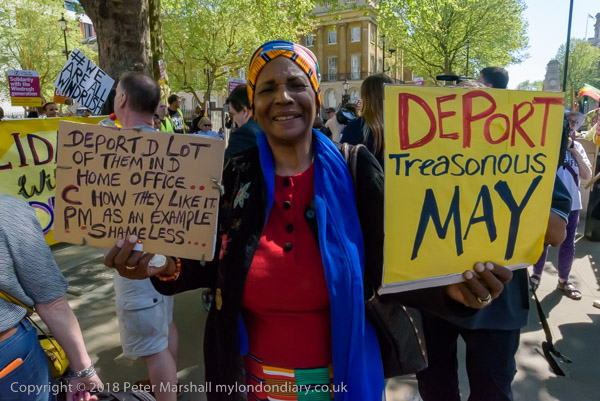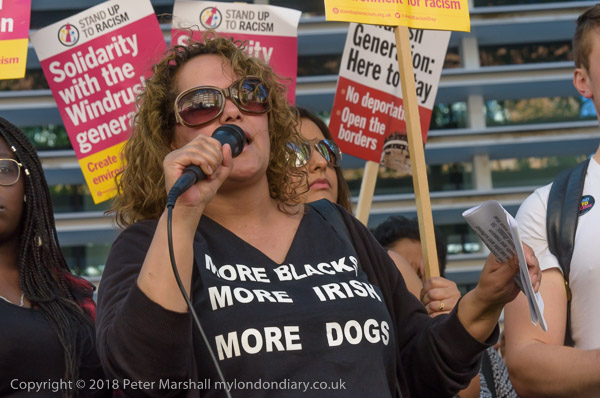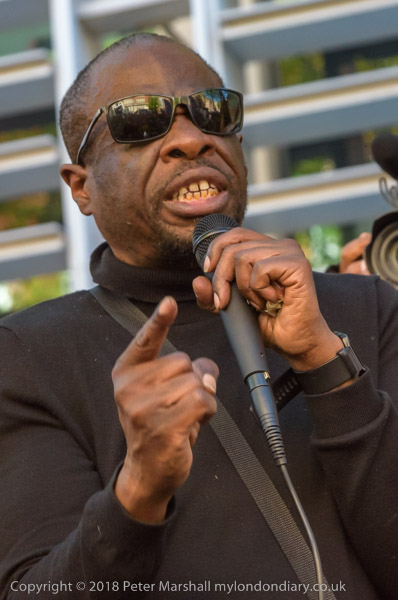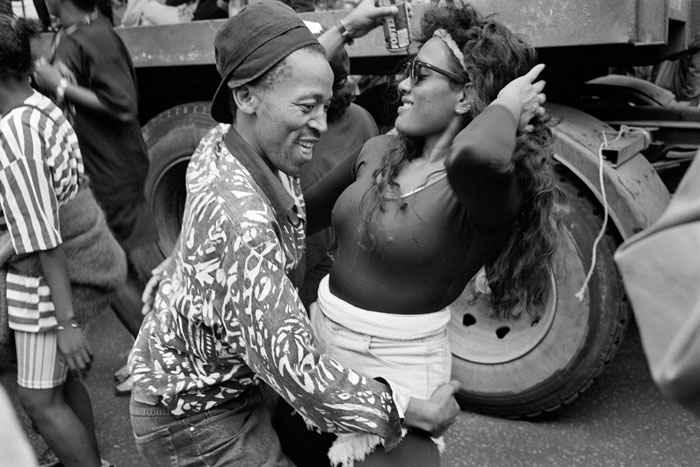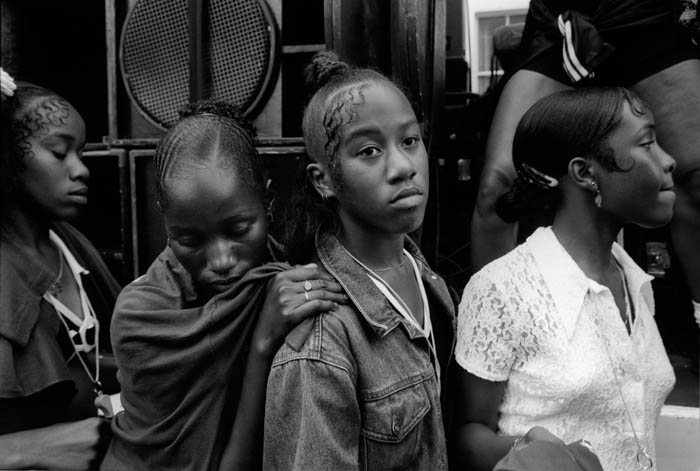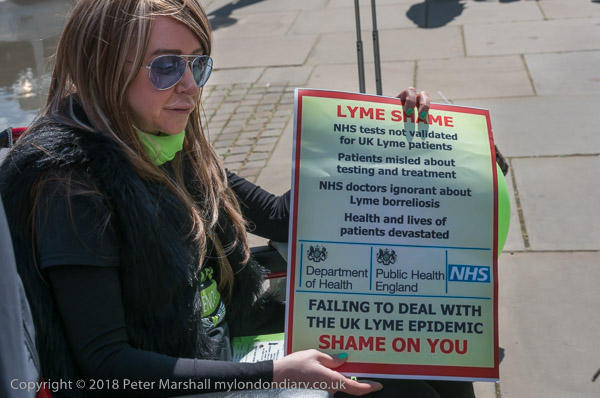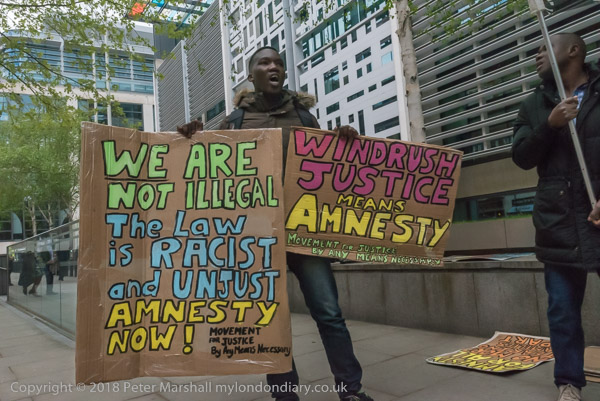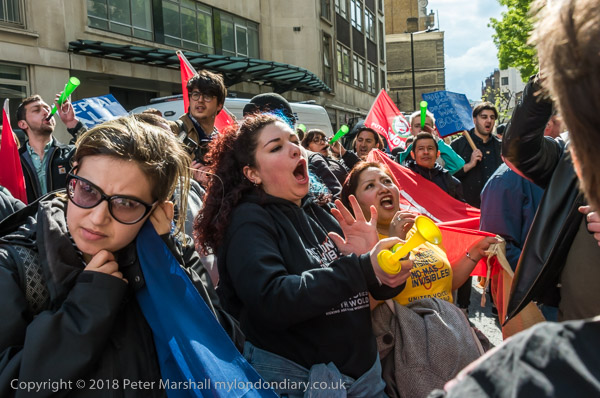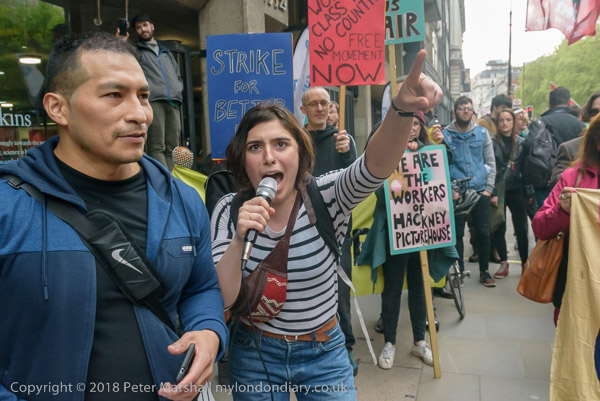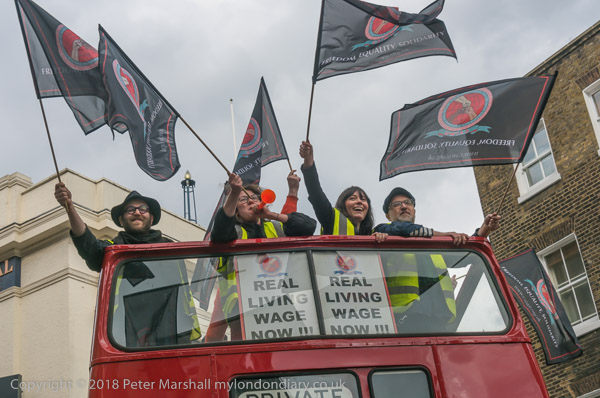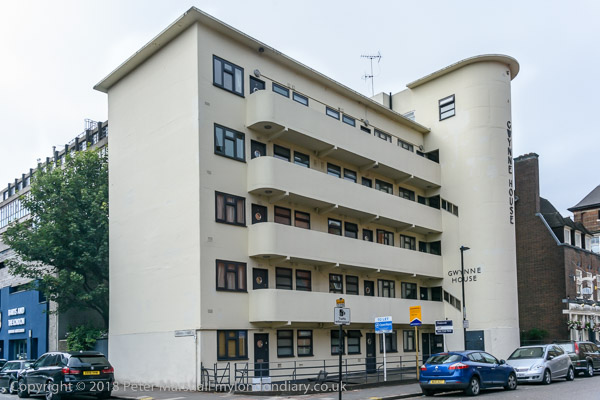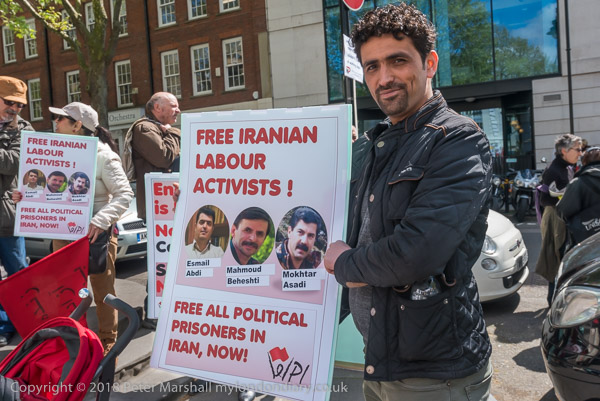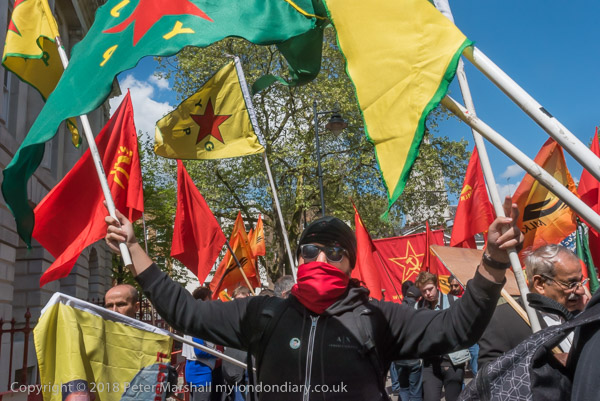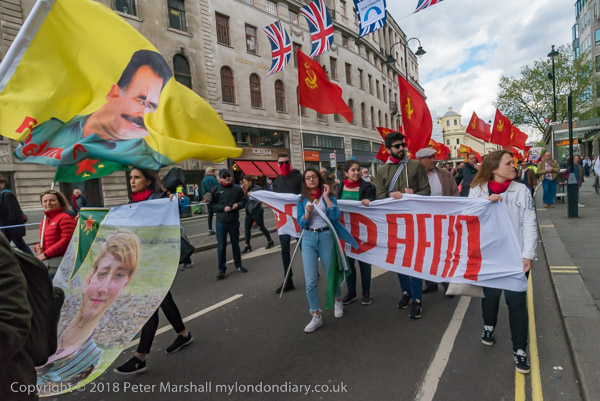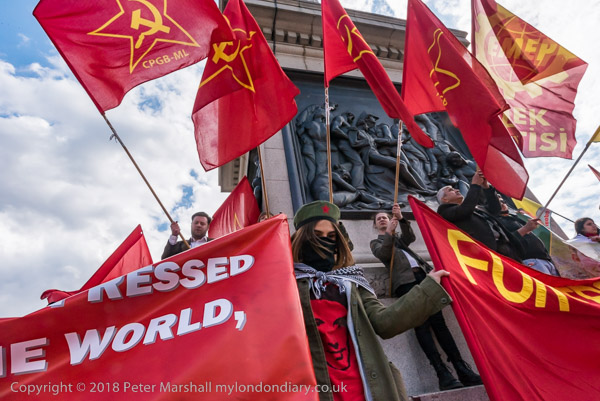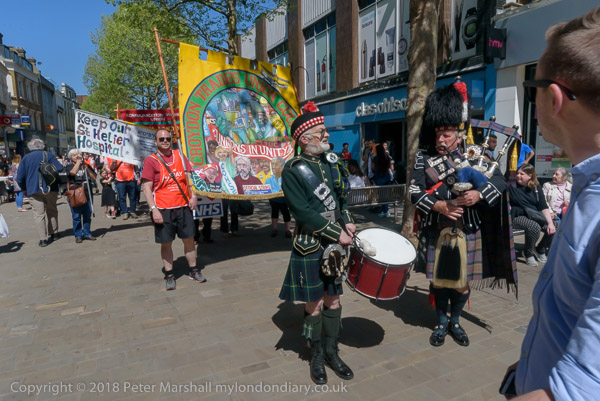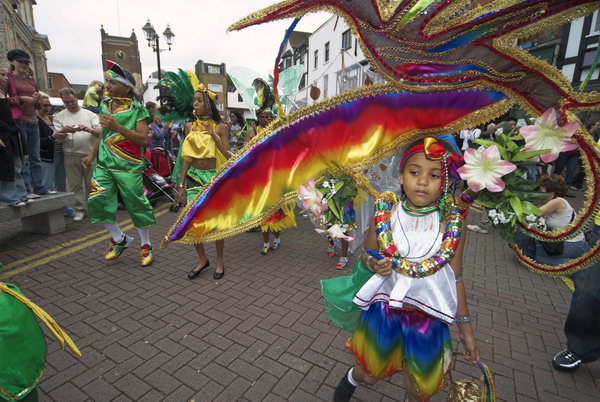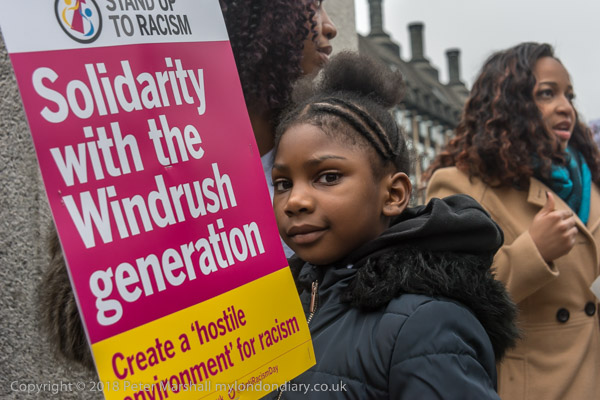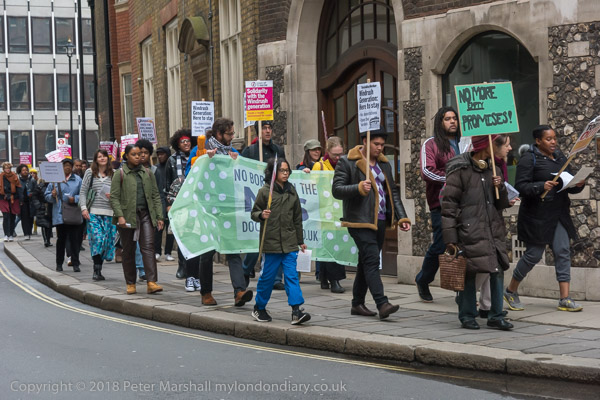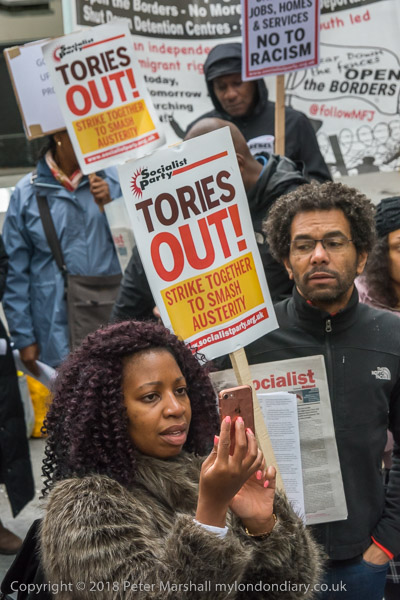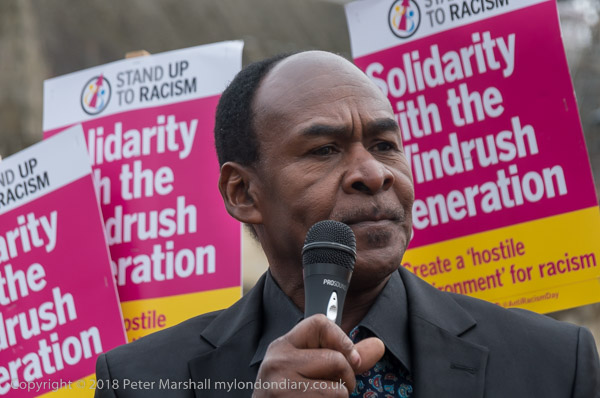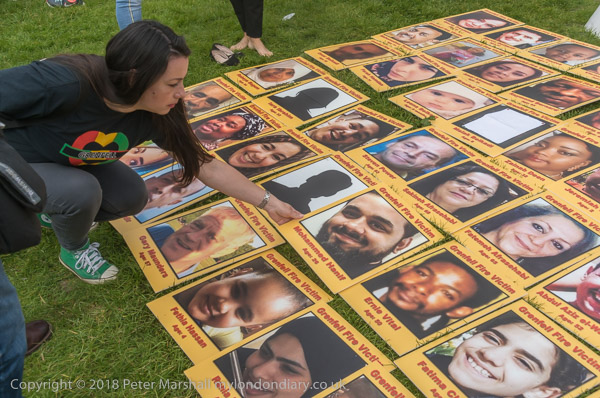
May 14th saw protesters from Grenfell Tower and the surrounding community protesting outside Parliament as MPs were to debate a petition with 150,000 signatures calling for the Prime Minister to appoint a panel of decision making experts to sit alongside Sir Martin Moore-Bick in the Grenfell Tower Public Inquiry.
The petition reflected the fears of the community and many others that the inquiry will turn into a deliberately long-winded affair which acts to prevent real investigations into those responsible for the tragedy. The debate and protest came exactly 11 months after the fire, and many there would be going on to take part in the silent walk which has taken place every month on the 14th of the month, the day of the fire last June.
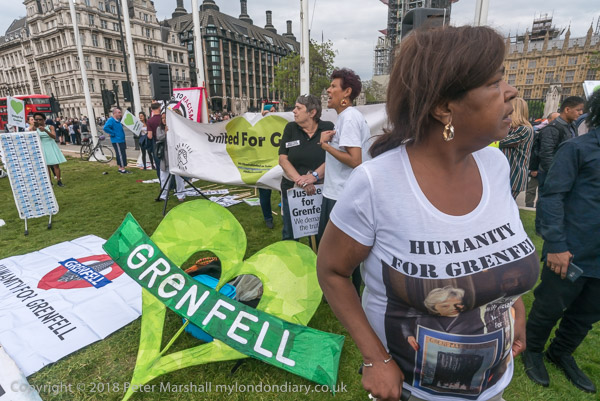
So far much time has been wasted in getting to the truth, and while various independent investigations have told us a great deal there has been little movement by the police who are apparently investigating some aspects.
The inquiry so far appears to have been mainly an attempt to put blame for the number of deaths onto the fire fighters, who the community who watched them working regard as true heroes, working in terrible conditions to save lives.
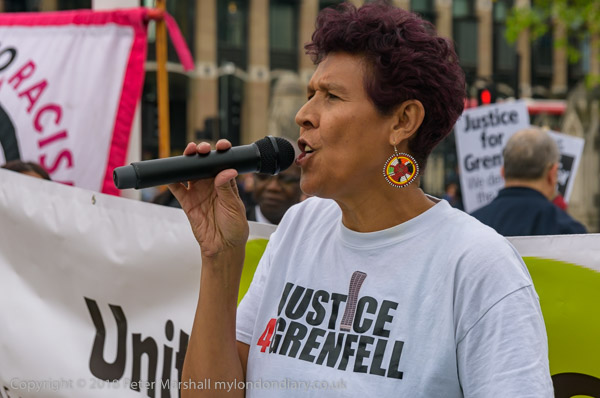
Had the building been up to the proper specifications, with non-flammable cladding, there would have been no deaths. If the fire doors had met the specifications more lives would have been saved. Had the building had the wet riser it should have had, rather than a dry riser, fighting the fire would have been much easier. The specialist fire engine needed for the tall building had to come from Surrey (which doesn’t have that many tall buildings) as London didn’t have one, probably due to the cuts made by the then London Mayor Boris Johnson, which also left the fire fighters short-handed. And so on…
Obviously the main blame has to be with the Kensington & Chelsea council and the organisation it set up to manage its council housing, which appears to have deliberately set out to reduce safety standards and to have carried out modifications to the tower at least partly for cosmetic reasons and with little or no regard for the safety of residents. It also failed to respond to legitimate complaints from residents, instead labelling them as troublemakers, and refusing to give them proper information about the work that was being done.
Given the severity of their offences it will be hard to think that justice has been done unless some of those concerned end up in jail. But this seems unlikely, with our political and justice system conspiring together as usual in such cases to cover up and obfuscate, with one of their main tactics being delay. Eleven months on, police had still apparently not yet interviewed any of the key figures who might be involved in prosecutions under oath.
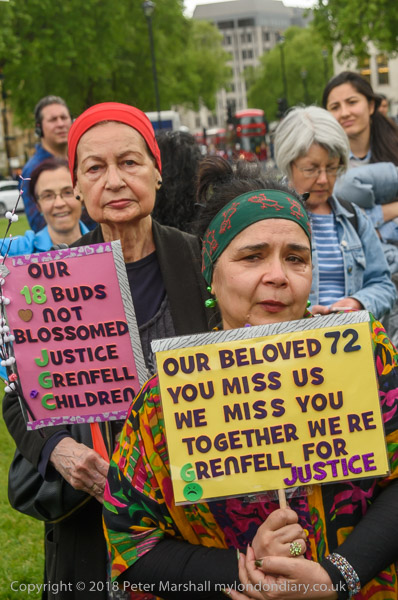
Quite a few of those active in the community protests were also at the Windrush protest a few days earlier. Many of those living in Grenfell, and among its victims were migrants and others see links between the two causes.
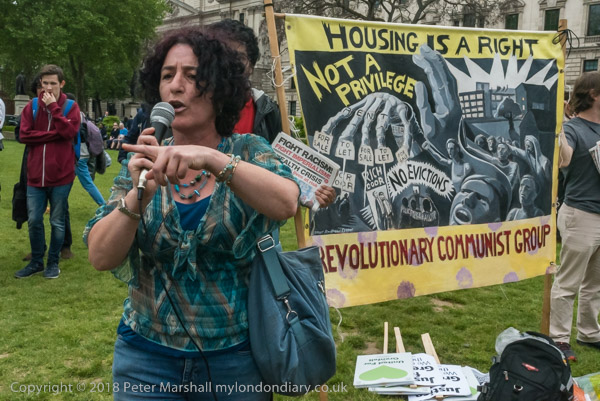
One of the groups that has been most active over Grenfell is the Revolutionary Communist Group, and they were at the protest with their banner and posters. They advocate a more active approach than the silent marches which have taken place (and in which they have joined), and have organised stalls on Ladbroke Grove on Saturdays as well as a noisy march to protest outside the homes of some of the councillors and protests outside council meetings. Although there was a wide range of speakers at the event, including two Labour shadow ministers, Diane Abbott and Richard Burgon, local MP Emma Dent Coad and the SNP’s Joanna Cherry, and no real shortage of time, the RCG were refused permission to speak at the main microphone, and instead spoke using their own PA system a few yards to one side. The decision not to give them a platform appeared to be part of a long-running feud between them and the much larger Socialist Workers Party, which it would have been good to have seen put to one side for the sake of Grenfell.
Grenfell Parliamentary Debate Rally
______________________________________________________
There are no adverts on this site and it receives no sponsorship, and I like to keep it that way. But it does take a considerable amount of my time and thought, and if you enjoy reading it, a small donation – perhaps the cost of a beer – would be appreciated.
My London Diary : London Photos : Hull : River Lea/Lee Valley : London’s Industrial Heritage
All photographs on this and my other sites, unless otherwise stated, are taken by and copyright of Peter Marshall, and are available for reproduction or can be bought as prints.
To order prints or reproduce images
________________________________________________________
